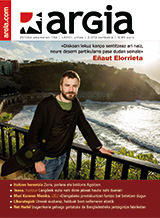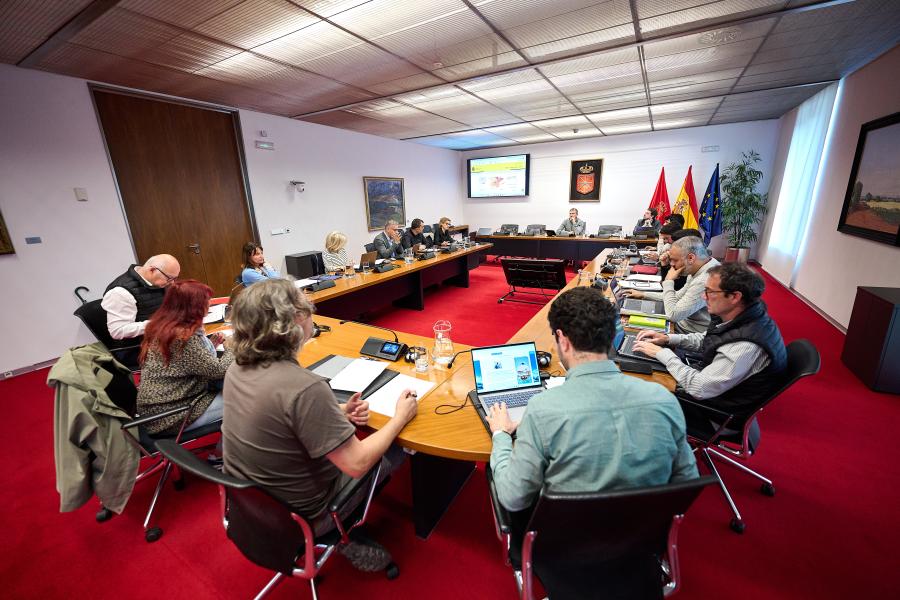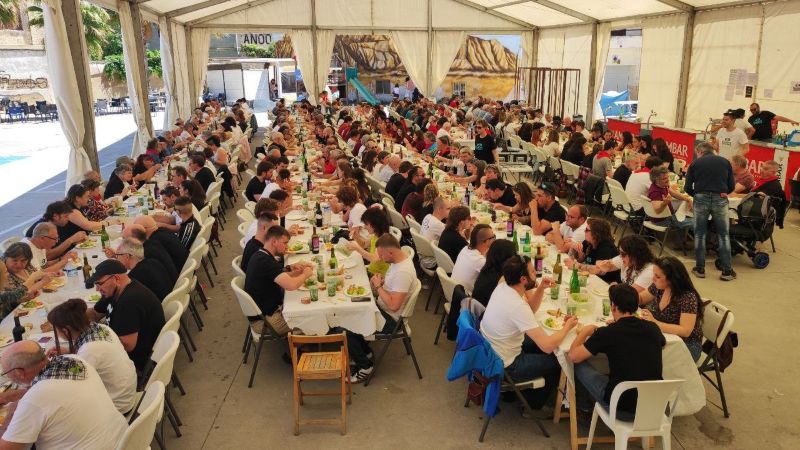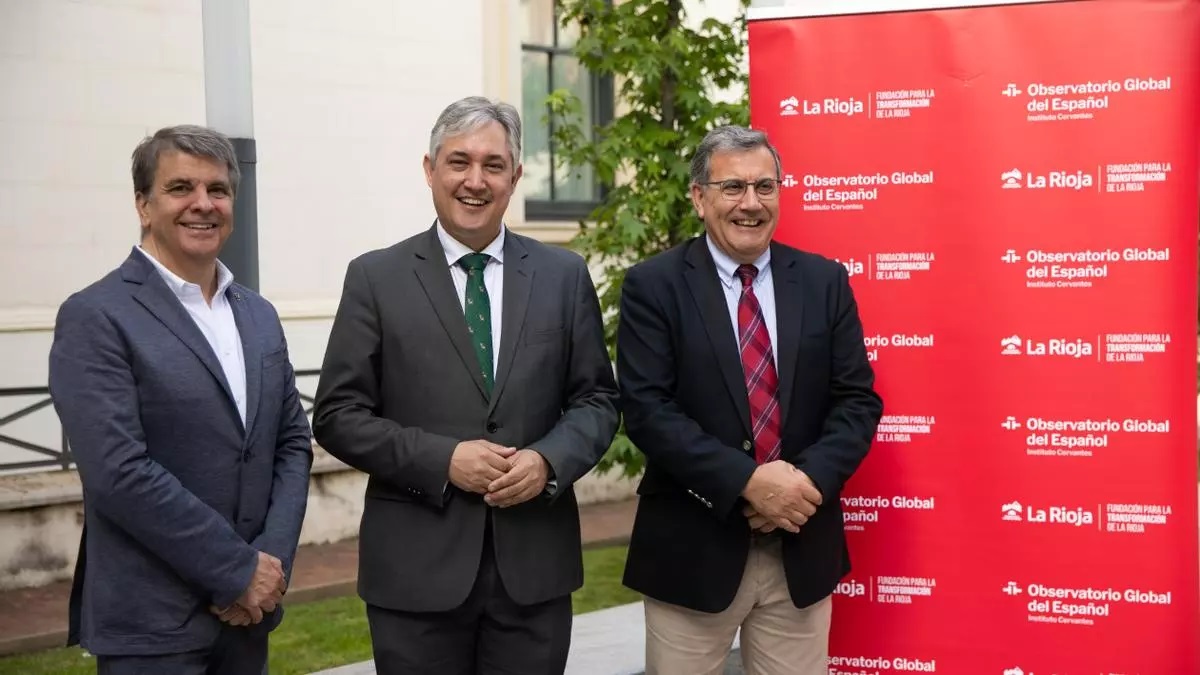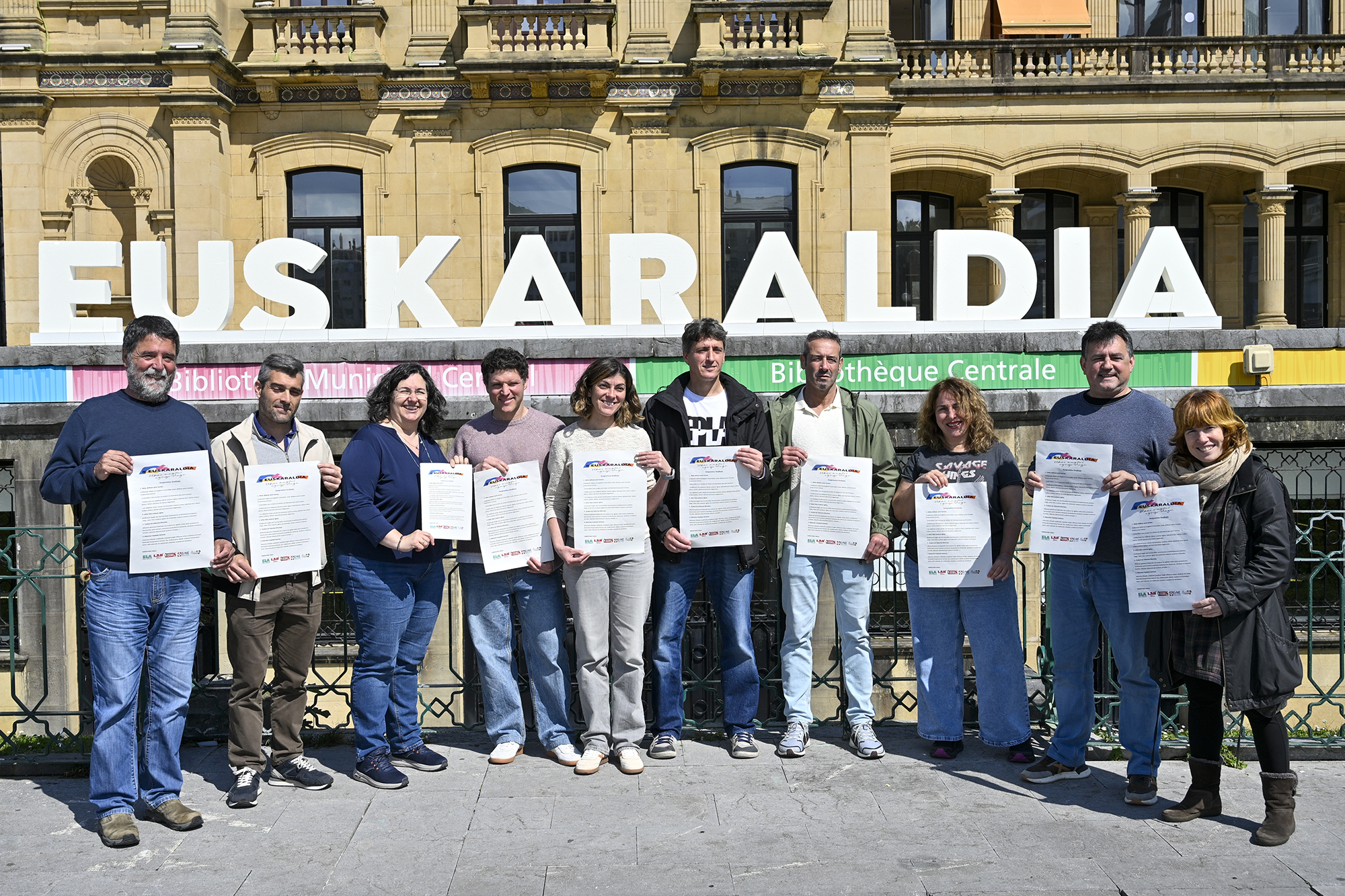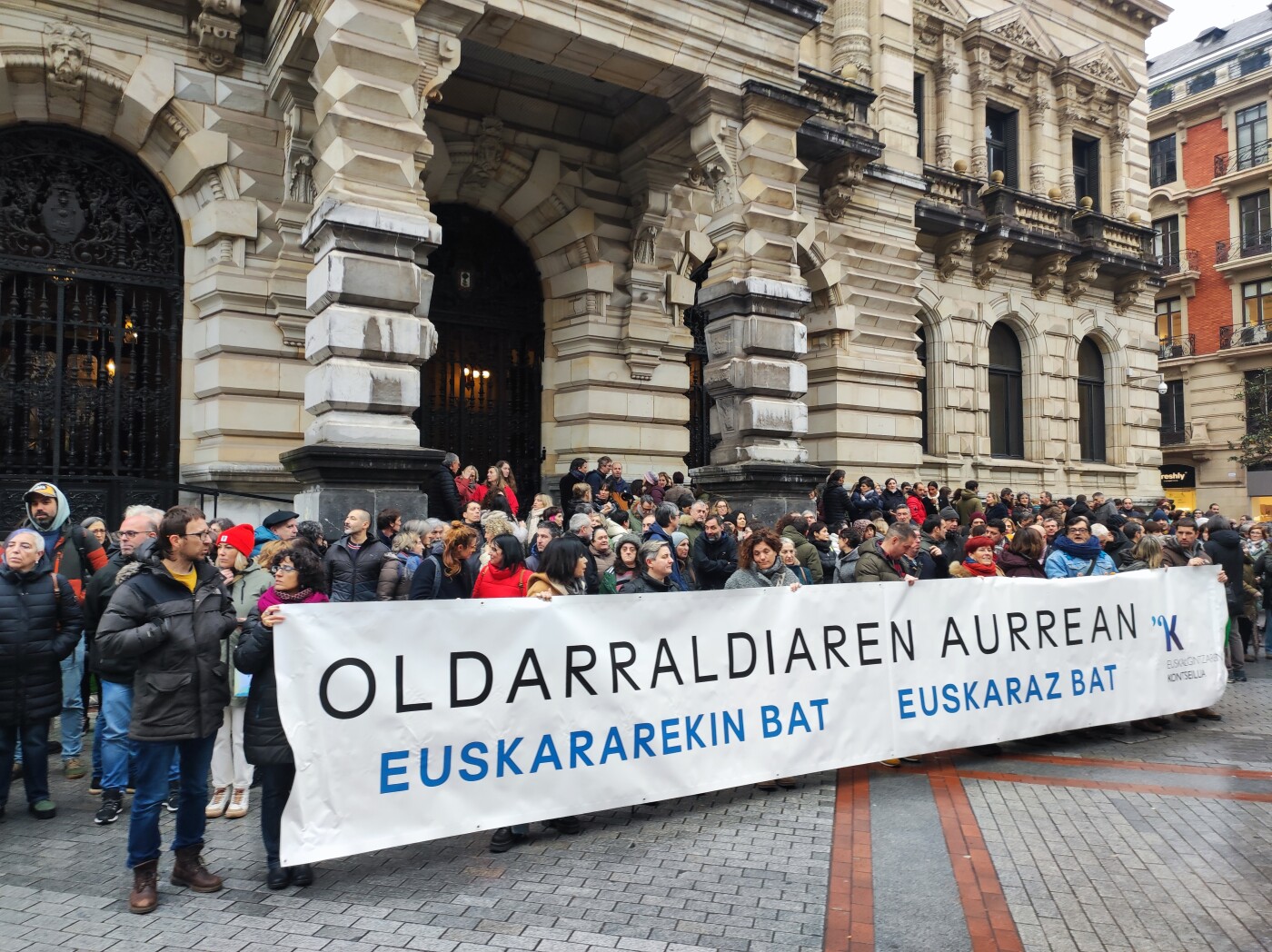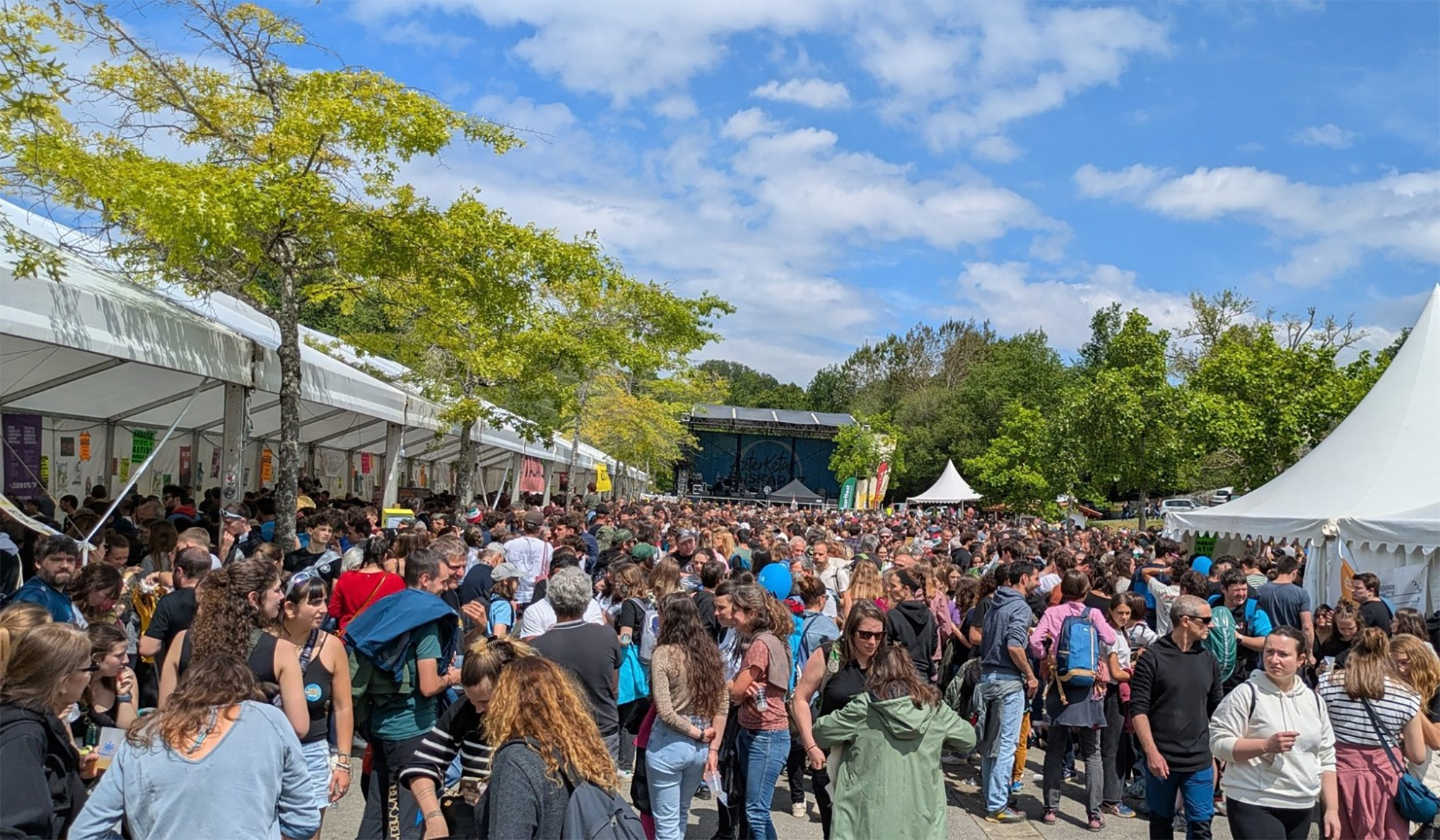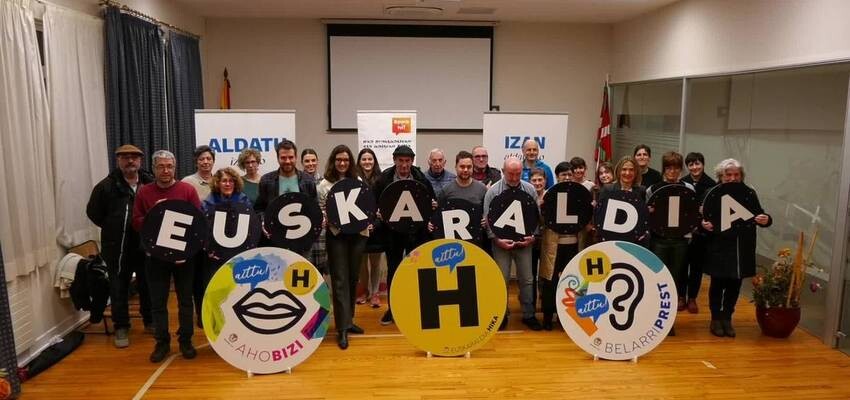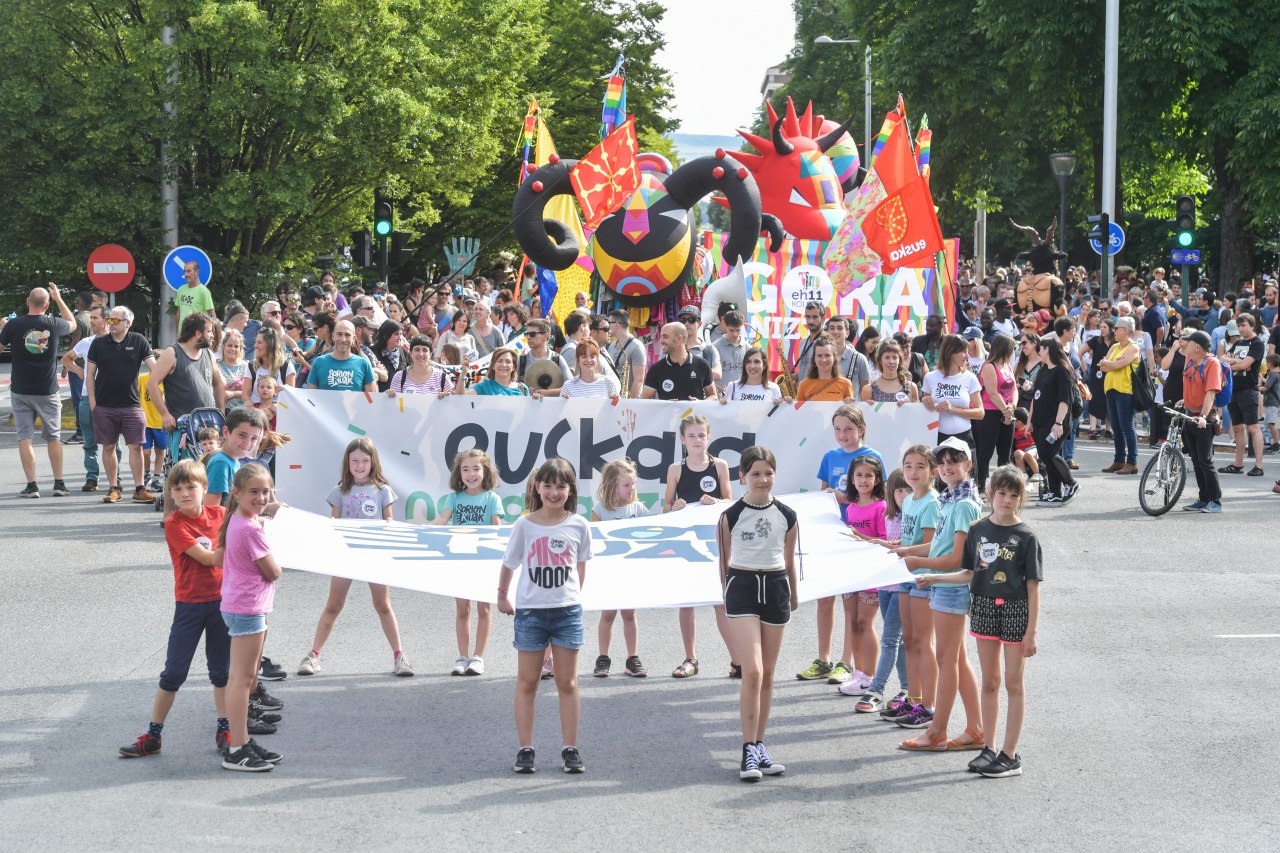Prestamos best-sellers in Spanish
- In Hernani, Markina-Xemein and Ziordia, we have approached the libraries of three peoples with different levels of knowledge and use of the Basque Country, and we have found the same reality in all three: children take books in Basque, while those who consume the most in libraries, those over 50 years old, in Spanish.
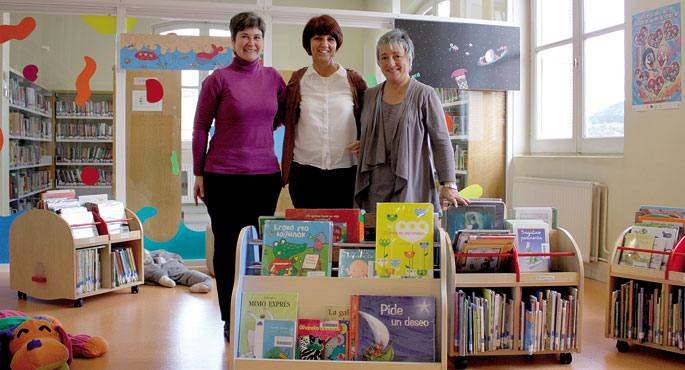
Ziordia is in the Sakana (Navarra); in this valley 32.6% is able to speak well in Basque and almost three quarters of those who know Basque say they use the Basque. The village library is filled with children and they choose readings in Basque, according to the librarian Naiara Perkaz Gastesi: “The children tend to read in Basque and, otherwise, everything I buy for them for the library is in Basque, so if they would like in Spanish they would have difficulties, but they study in model B or D and the parents also want their children to read in Basque.” In contrast, the demand for books in Spanish predominates among adults, especially those over 50 years of age, and it is precisely those who use the library the most, women over 50 years of age, “and here those who are of this age do not know Euskera”.
The same is true in Markina-Xemein (Bizkaia): the smallest choose Euskera, choose to Spanish as they age, and star consumers are over 50 years old os.De all forms, the librarian Igor Idoeta has confirmed to us that 88% of the inhabitants of Markina-Xemein speak Euskera – the use of the Basque street “An example: we have two corners of the readers, in Basque and Spanish, therefore, those who sign up in Spanish are the Basques. When we bring some writer to the corner of Euskera, they are also encouraged to speak in Spanish, maybe they will read something in Euskera, but it costs them, they go to Spanish.”
Also in Hernani (Gipuzkoa) Euskaldunes tend to read in Spanish, according to the librarian Raquel González: “Most of those who come to the library know Euskera, because we always do the first word in Euskera and usually answer us in Euskera. But we have many Euskaldunes that read in Spanish and we have a clear example: in the Kuttunenak guide, composed by the recommendations of the readers, it is noteworthy that most of them recommend Spanish books, but many of them make the comment of the recommendation in Euskera”. The Library incorporates in the guide the recommendations of readings in Basque to balance them, “and yet, the proportion is one in three in favor of Spanish”.
In Hernani, 55.8% are Euskaldun, 20.4% are almost Euskaldun, and street use is 39.1%. Gonzalez also has specific data from the library: of the readings that make up the fund, “although we take most of what is published in Euskera”, the works in Euskera are 11,846, the works in Spanish 33,619 and in other languages 741. Of the books borrowed last year, 5,894 were in Basque (24% of the total of the readings given), 18,264 in Spanish and 345 in other languages. The librarians have explained that things do not change at the time of the DVD loan: last year, from loans that are not books, 4,404 were in Basque (29%), 10,035 in Spanish and 409 in other languages. These data have a vacuum: they don't take into account the age of the providers, but the librarian has unearthed the trends of children, young people and adults.
Harry Potter and the Importance of Catulations
Boys and girls go to the Hernani library mostly to search for what is requested in the center, always in Basque. The choice of language begins among the youngest: a literature is produced for them and the fashions often condition the reading, it is not necessary to say whether they have made the film of those books, but to see the success that the vampire stories now have. The point is that these fashion books are translated more into Spanish than into Basque. That is why, although there are voices against best-sellers being translated into Euskera, translations are important to González: “Would we be able to read with it in Basque? At least best-sellers are an example of Harry Potter's books. They were translated into the Basque language as quickly as they were in other languages, and they were read, the books in the Basque language of Harry Potter that are in the library have been used a lot, it is noticeable that they have gone through many hands.”
This also applies to adults, as most of those who come to the library read the best-sellers – books with long lists of reservations – and most are in Spanish. Also in Hernani, people over 50 years of age are the main users, and the Basque language is easier for the youngest, between 20 and 40 years of age, “because they are more accustomed to reading in Basque and have received training in Basque”. Finally, Euskera students also approach the literary talks they organize in Euskera or in search of readings. In addition, they have a space for the center of interest, with a wide variety of materials (dictionaries, grammar, methods, guides…) to learn Basque.
Why?
Igor Idoeta recalled that, despite the greater Spanish-language reading offer, there is diversity in Euskera, and that in times the Basque books were mostly limited to the Basque literature, but today there are many translations. So why do the Basques lend themselves primarily in Spanish? Some argue the difficulty of reading in Basque, but librarians think that the real reason is custom (lack). “I have also heard that what is published in Basque is not attractive, but the one who reads in Spanish reads a lot of garbage and occasionally finds some curiosity. They are excuses, because if we had a habit, we would read the book in Euskera, and then judge whether we thought it was bad or not,” concluded González.
They have press in libraries, and they can help change those customs. According to Idoeta, the newspaper Hitza has used to read in Basque people who tend to read in Spanish, as he has seen it at home with his mother. Gonzalez tells us about the local newspaper: “The Hernani Chronicle is an extraordinary phenomenon, because those who do not know Euskera also look at it and some go to the library early in the morning just to catch the Hernani Chronicle.” However, between Diario de Noticias and Berria, the first stands out in Ziordia, while El Correo (in Markina-Xemein) and El Diario Vasco (in Hernani) are the most read.
To address these general trends, librarians often try to make a special place in the stands of books in Basque, show news in Basque or seek balance with Spanish in the book proposals posters. In Markina-Xemein, reading recommendations are made with the surrounding villages (Ermua, Iurreta, Durango, Ondarroa) and attempts are made to make most of the recommendations in Euskera. In Hernani they publish a guide book with the collaboration of the local Basque Association, in which they only propose books in Euskera. They distribute printed material among the readers and their recommendations, in Basque, they are published once a month in the Hernani Chronicle, with the reader’s comment: “the population has been animated for a short time”.
In Markina-Xemein the Peru Abarka album competition is organized with the aim of promoting literature in Euskera, and for those who argue the difficulties of reading in Euskera, the HABE Library has drawn a step-by-step reading guide that indicates the degree of difficulty of Basque literature books. “It will be very useful to classify literature, and the intention is to mark the level of difficulty of the books in the line of the Basque narrative, as help for those who are learning Basque,” González told us. Librarians also make face-to-face advice, always more easily in small towns and in the environment of trust generated with regular clients, but after all, the choice of language is in the hands of the habits, desires and desires of each one, when we go to the library in search of novels.









